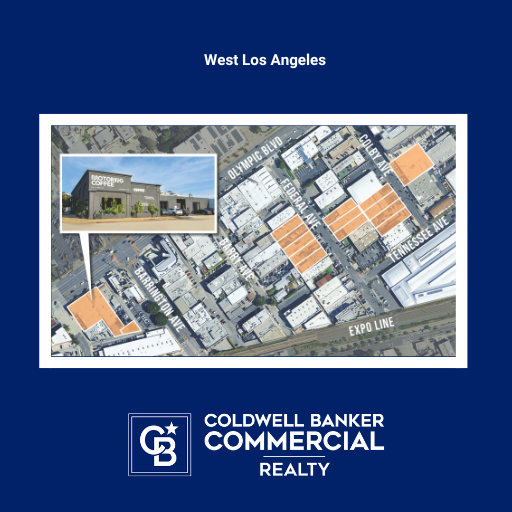Changing the Game: Why Big Companies Are Moving Headquarters

Lost in the headlines about Amazon acquiring hundreds of Whole Foods stores last year was the company’s announcement of a big search for a new second headquarters – although everyone in CRE was paying attention. Unusual but not atypical for a company as known for being innovative and different as Amazon is, opening a second headquarters means tens of thousands of new jobs as well as the other new businesses and residents that will spring up around it.
However, as CNBC and others suggest, the announcement could amount to nothing more than a marketing gimmick to increase the incentives they can get from whatever city to which they choose to relocate their new office. The fact that the majority of the executive staff at Amazon’s current headquarters will remain in Seattle adds to the speculation that this new office is not going to be a new headquarters and the announcement is a means to gin up more tax breaks and benefits.
Tax Breaks Are a Big Incentive for Moving but Not the Only One
Businesses of all kinds choose where to expand based on a lot of factors including where they can save money. Tax incentives can shave hundreds of millions of dollars off of a company’s tax liability, especially when relocating to a city that really needs and wants the investment and is willing to use as many taxpayer dollars as necessary to get it.
Taxpayers in Wisconsin are not as excited about their Governor offering a Taiwanese electronics manufacturer Foxconn $3 billion in tax breaks to relocate their second headquarters in Wisconsin. The same company is one of the Chinese manufacturers Apple uses to produce its electronic devices. Apple will benefit from the $3 billion tax break as well as a $200 million dollar tax break it received from Iowa in exchange for building one of the company’s data centers there.
While money is perhaps the biggest incentive for business investment, perhaps equally important these days is being in the right place to attract today’s top talent. Unlike in the past, businesses are locating where the talent is – increasingly in city centers as opposed to suburbs.
Tech companies attract the largest pool of highly educated professionals in the STEM fields and all of the tangential businesses and developments that spring up when an influx of tens of thousands of new workers enter an area. For that reason alone, cities are often willing to sacrifice collecting hundreds of millions of dollars in taxes from these new businesses in exchange for the hundreds of millions and even billions of dollars they bring into a city.
When Big Headquarters Move, Cities and Suburbs Change
It was technology that was behind the decision to move McDonald’s headquarters from its suburban location where it had existed in Oak Brook, IL for more than 40 years. They, like many other big businesses are moving their headquarters to the West Loop in Chicago. Access to the L train and an annual graduate class of highly educated professionals totaling 140K every year makes the west end a top place for relocating headquarters for big named businesses this year, including:
- ADM (Archer Daniels Midland) Co
- Caterpillar
- ConAgra
- Dyson
- GE Healthcare
- GoGo
- Kraft Heinz
- Motorola Solutions
Costs are still very high in Chicago. Unlike San Francisco where businesses are leaving skyrocketing rent prices en masse, Chicago’s high cost of living compared to the costs of remaining in the suburbs are no longer an inhibitor. The benefits by way of tax incentives and access to tech talent are proving to negate the high cost of living.
A Trusted Guide in Commercial Real Estate
Coldwell Banker Commercial® provides Commercial Real Estate Services from Property Sales and Leases, to Property Management. Learn how our expansive network of Independently Owned and Operated Affiliates and Real Estate Professionals use their in-depth knowledge of the local market and industry trends to help businesses and investors navigate the complexities of the commercial real estate landscape.






